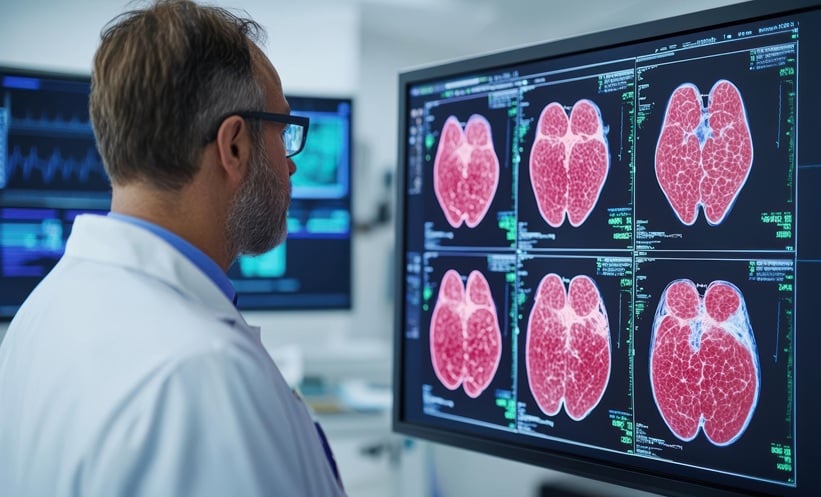BILIARY atresia is a rare congenital condition resulting in inflamed and blocked bile ducts. This blockage prevents bile from being transported from the liver to the gall bladder. Consequently, bile builds up in the liver and begins to destroy the hepatocytes, leading to cirrhosis. With no cure, this disease is the most common reason for children to require a liver transplant.
However, an innovative team of scientists from Cincinnati Children’s®, Ohio, USA, aimed to change this. The liver experts took a unique approach to understand biliary atresia using organoids. Organoids are multicellular tissue that mimics the corresponding organ that, in this instance, was the bile duct. The team developed organoids from liver biopsies and were able to study this disease in vitro. This technique was helpful as other methods such as mouse models do not paint as accurate of a picture.
Following the creation of the organoids, the team compared the diseased organoid to a healthy organoid and successfully detected structural differences between the cells that create the bile duct. The ordinary appearance of biliary organoids is spherical with finger-like projections that point into the centre of the sphere. However, in diseased organoids, the cells form haphazard linings, and the projections point outwards. This resulted in gaps between the cells, resulting in bile acids leaking into the duct wall, which was the culprit of the inflammation.
By using biliary organoids, the liver specialists were able to find that this leakage was responsible for biliary atresia progression. The next steps for the team were to understand why the cells looked different. The scientists discovered this might be due to the cell signalling involving epidermal growth factor (EGF) and fibroblast growth factor 2 (FGF2). The study found that when the biliary organoids were treated with EGF and FGF2, the structure of the cells was akin to healthy cells proving the role of the signalling pathway in the development of biliary atresia.
This incredible discovery has resulted in additional questions such as whether there are existing drugs that can activate EGF and FGF2 in bile ducts and what the next steps would be for using this discovery to treat this fatal condition.








